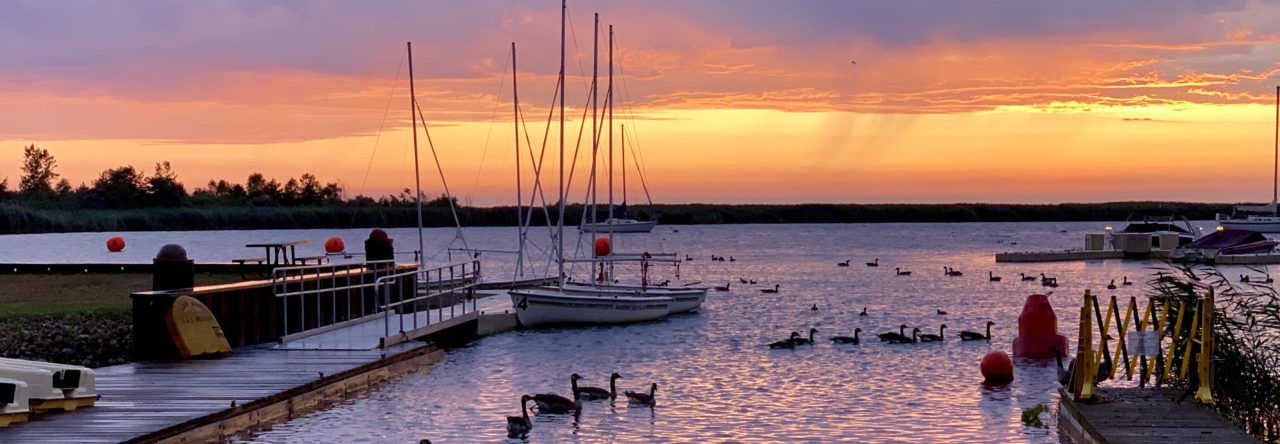Layla, Nina, and Noah arrived on Monday evening. I meet them at the Narita airport. In true “welcome to Japan” form, we exchanged hugs and then quickly made our way to buy tickets for the Narita Express Train. We had 12 minutes. We can do this! And we did! With three minutes to spare! Welcome to Japan!!

They were super travelers all the way home. The red carpet was rolled out for their arrival!

We enjoyed a bowl of Dave’s chili and then called it a night. We had big plans for their first day. Tokyo Disneysea!! Disneysea is part of the Tokyo Disney Resort. The park has an international sea theme. It’s kindof like the Epcot of Japan with a Sea theme. It was going to be a new experience for all of us!
This was my first time traveling to the Disney Resorts on the trains and buses. I worked out the route over the weekend and knew exactly where to go to make our connections. It was pretty simple once I knew where to find the bus.

I didn’t anticipate it would be as crowded as it was and we had to wait about 20 minutes in line to catch the bus.

We made it to the park by 9:00am. Actually, 8:56. We all placed a guess what time we would arrive. Noah had the winning guessed with 8:57!
We already had our tickets, so we sailed through the entrance. Time to enjoy Disney Magic!

We were very efficient in managing our time with rides and utilized the FastPass option. We all loved the Indiana Jones ride the best! Here we could use the FastPass line as a single rider. We enjoyed it so much we went twice!



A quick shot of all of us at the Arabian Coast.

After seeing so many guests at the park in their matching attire, we decided we needed matching shirts. We checked every gift shop in the park and finally decided on the Disney 2017 Halloween tshirts. Kawaii!

Our wardrobe changing and photo shoot left us hungry and ready for lunch. In case you’re wondering why Tokyo Disneysea is better than Tokyo Disneyland. Beer. Yes, Disneysea serves alcohol unlike Disneyland. Kanpie!

During lunch, we discussed how many groups were not only dressed alike, but wearing actual Disney costumes. Layla had a fantastic idea. She was going to take as many pictures of her kids with adults in Disney costumes! Boy, did we ever take some fantastic pictures!! I want to thank Layla for the idea and many of the pictures and also for letting us use her kids for fantastic pictures!! The fun part was the smiles the characters would give us. They were truly flattered to have their pictures taken. Can you name all the characters?







It wasn’t until after the sunset that we realized our shirts had a hidden message! “Welcome to the Villains’ World” was written in glow-in-the-dark lettering. Cool!



We stayed at the park until about 7:15pm. We were staying the night at a hotel on the resort. We took the Disney Monorail to the resort and ate dinner.

We spent 10 hours at the park. Not too bad for a group that only landed in the country the night before! After a good night of sleep, jet lag should be cured!



















































































































